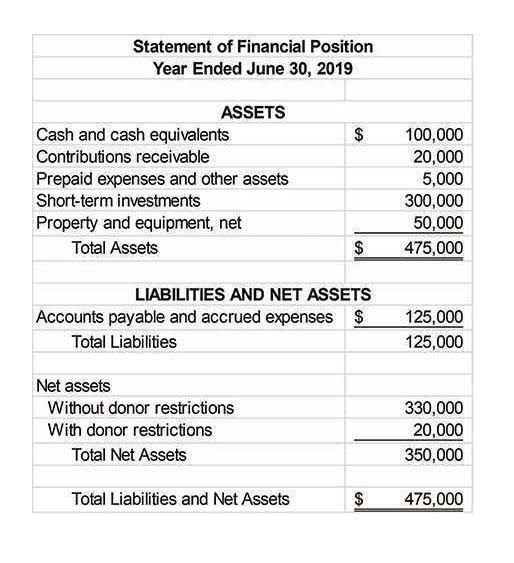As we defined above, manufacturing https://www.bookstime.com/ overhead costs are all the costs not related to direct labor and direct material costs. Unlike the other costs, this is a broad category that includes many different items, such as utilities, equipment, etc. Therefore, first, one must identify these costs, such as the indirect labor and materials costs, add depreciation costs and all other manufacturing overhead costs to get your figure. Manufacturing costs are the prices incurred during the manufacturing process.
What are some common methods to allocate manufacturing overhead costs?
Then, subtract the variable costs from the total and multiply it by the amount of product for the given production period. As for overhead, you pay for regular equipment maintenance and upgrades as well as utilities and insurance for $7,000 per month. Total manufacturing cost is the amount of money spent to manufacture a product, including overhead expenses, materials, and labor. A cost management system can integrate seamlessly with other business tools such as ERP, accounting software, and supply chain management systems. This allows for streamlined data flow between departments, improving overall efficiency. Without expertise in procurement or access to economies of scale, designs and specifications may not include optimal use of materials or components.
- When you add up all these direct costs, you get the Cost Of Goods Sold (COGS), a term used in accounting when preparing the company’s financial statement.
- Don’t forget to add the cost of your consumables to your total manufacturing cost.
- Whatever you do, watch out for counting costs twice by not understanding this.
- However, in cases where all materials are used, the COGM and total manufacturing cost would be the same.
- This means each employee whose work can be directly traced back to the creation of the final product.
- This concept suggests that as production volumes increase, the cost per unit of production tends to decrease.
Manufacturing overhead
Since MRP systems use a perpetual inventory system, financial metrics are calculated automatically based on real-world input data. This makes them much more precise than approximating values manually and also provides a good litmus test for comparing the measured KPIs against their theoretical values. We are aware of few businesses, that tracks a small thread and amount of adhesive that are used in the assembly of Machines components. For few business its good, but for larger machine assemblies this may not be needed. Here’s a short video explaining how the cost of goods sold formula works in manufacturing.
Support costs
Estimating manufacturing costs involves more than what may seem like just adding up expenses. It necessitates the accurate calculation of all cost components, which requires a thorough understanding of the entire production process, including every step https://x.com/BooksTimeInc and every expense, whether direct or indirect. The direct material cost should never be calculated by multiplying the number of final products with the material quantities from their BOMs. Work in process inventory, waste, and scrap all need to be accounted for as well. This is why raw material inventory and material purchases should only be used to calculate direct material costs.
Check out our guide on the difference between direct and indirect labor. To calculate direct material, compare raw material at the beginning of the year and raw material purchases during the year with raw material total manufacturing cost equation left at the end of the year. Therefore, 12.24% of monthly revenue will go toward the business’ overhead costs. Developing products in isolation from manufacturing expertise can represent hidden costs for companies who want to work in the most agile and efficient way possible. As OEMs consider the cost implications of bringing a product to market, and examine ways to increase their profitability, every element of their process and supply chain is under scrutiny.




